Concurrent Session V | May, 9 | 9:30 – 11:00 AM MT
EPR Live! | Breakout 1 | Breakout 2 | Breakout 3 | Breakout 4 | Breakout 5
Return to Schedule
General Session Room
EPR Live!
11:15 – 12:45 PM
| About the Presentation |
|
Environmental Professionals Radio (EPR) is NAEP's very own hit podcast. Launched in January 2021, it has quickly become the go-to podcast for environmental professionals. The show's cohosts Nic Frederick and Laura Thorne interview environmental professionals at all levels of their careers to bring you a nuanced and informed discussion on what it's like to work in the environmental arena. We talk through the failures, struggles, and successes of the typical environmental professional. We also highlight news, updates, and fun facts from the scientific community. We are excited to provide this podcast to reach environmental professionals, students, and educators who have one thing in common: we spend our time working to protect the environment. We had a successful event last year and would love to bring the show back to the NAEP national conference and host a live recording for attendees.
Under this panel, Laura and Nic will interview up to three guests to highlight discussions on NEPA, big data, and environmental justice. The format will be similar to the show, where we will start with introductions, do a segment on career advice, and then proceed to interview industry professionals on significant topics. Our first guest will be Fred Wagner of Venable, LLP, who is our most consistent collaborator and frequent guest on the show. We will ask him about the CEQ NEPA updates for the year and ask for his insight into where we can expect environmental regulations to head in 2022. We will also feature one of our ESRI partners and show collaborators, Sunny Fleming to discuss emerging trends in big data, the challenges of collecting accurate information, and the joys of data processing. We'll finish by pulling in one of the conference's local environmental justice experts to highlight updates on the administration's EJ initiatives. The show has been an absolute joy to produce and we are happy to offer to this unique experience to the conference again this year.
|
| About the Moderators |
|
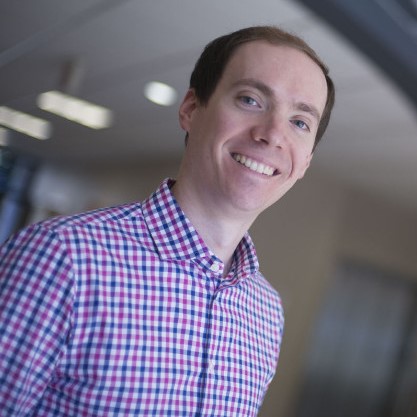
Nicolas Frederick
Director of Conservation and Planning
DAWSON
Nic Frederick has over 12 years of experience managing environmental projects, including NEPA, Natural Resources, and public involvement. He is an at-large board member with NAEP and heads the communications committee. As a member of the board, he has helped spearhead the initiative to broaden the scope of services offered by NAEP. He is also the cohost of the NAEP podcast, Environmental Professionals Radio. As the Director of Conservation and Planning at DAWSON, he is responsible for the development of DAWSON's core competencies related to environmental policy. He has provided general Conservation and Planning services to a wide variety of federal and state clients and has been an integral part of the development of these services for DAWSON.
|
|
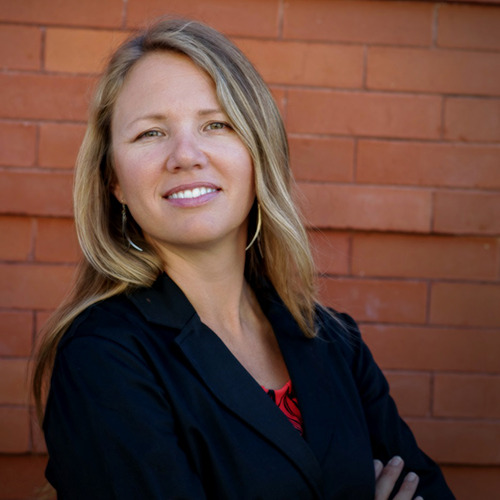
Laura Thorne
Strategy and Execution Consultant
Laura Thorne Consulting
Moderator bio coming soon!
|
| About the Guests |
|

Guest information coming soon!
|
Session A5.1
Does Your Project Qualify for WFPO Funding? | NEPA
9:30 – 10:00 AM
| About the Presentation |
|
AECOM staff have led Preliminary Investigation Feasibility Reports throughout WA, CO, ID, CA, and AZ to evaluate if a Sponsoring Local Organizations (SLO) project is compatible with the Public Law 83-566 (PL-566) program, why the project is significant, and summarize potential alternatives. A PIFR is a desktop study to provide NRCS with reasonable assurance that a feasible plan can be developed that addresses the eligible PL-566 project purposes. The eligible purposes include Flood Prevention, Watershed Protection, Public Recreation, Public Fish and Wildlife, Agricultural Water Management, Municipal, and Industrial Water Supply, Water Quality Management, and Watershed Structure Rehabilitation.
The objective of a PIFR is to develop a map of the watershed, identify resource issues, key stakeholders, 20% agricultural (rural) benefit, and show that a feasibility plan is achievable. The purpose of this presentation is to describe the lessons learned and provide insight for SLO requesting Watershed Program planning assistance.
|
| About the Speaker |
|
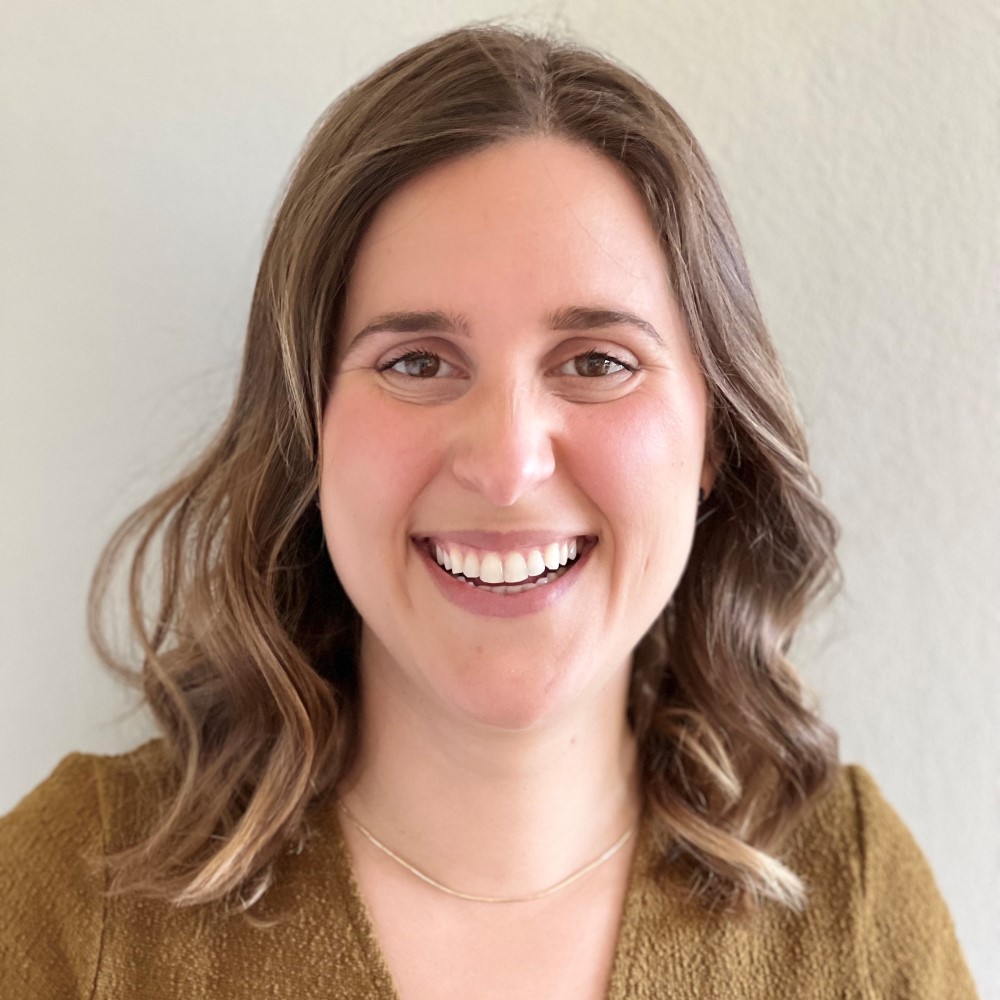
Alicia Pajares, PE
Senior Water Resources Engineer
AECOM
Alicia is a senior water resources engineer at AECOM with more than 11 years of experience in the water resources planning field. She has been involved in environmental assessments, environmental impact statements, PIFRs, reservoir yield studies, dam failure analyses, infrastructure master plans, water loss studies, and regional demand projections within the public and private sectors.
|
|

Blongshia Cha
Watershed Program Specialist
USDA- NRCS
Blongshia Cha is a Watershed Program Specialist for the Natural Resources Conservation Service in the state of Colorado. She has been with the agency for 9 years and currently administers the Watershed Protection and Flood Prevention (WFPO) Program, the Watershed Rehabilitation Program (REHAB), and the Emergency Watershed Protection (EWP) Program.
|
Session A5.2
Streamlining EIS Preparation for Licensing Advanced Nuclear Reactors Streamlining EIS Preparation for Licensing Advanced Nuclear Reactors | NEPA
10:00 – 10:30 AM
| About the Presentation |
|
Plans are underway to develop a new generation of nuclear reactors in the United States to generate clean baseload electric power to replace some of the power formerly generated using coal or retired nuclear plants. These reactors will use new technologies and fuel sources than the currently operating fleet of large light water reactors (LLWRs). The new technologies vary, but most are being developed to develop safer plants that are sometimes smaller and less expensive to build and operate than the current LLWRs. The U.S. Nuclear Regulatory Commission (NRC) has been working to develop innovative review processes for new technologies that continue to meet the agency's mission of protecting human health and the environment. At the same time, the NRC, like all Federal agencies, has been challenged to reduce the time and paperwork needed to complete its environmental reviews.
The following presentation will examine measures that the NRC environmental staff has taken to streamline its environmental reviews and tailor the reviews to the new technologies. The presentation will focus on a Draft EIS published in September 2022 for a test reactor using one of the new technologies. This Draft EIS met the schedule and page targets set by the Council on Environmental Quality (CEQ) in 2021. The presentation will also focus on efforts by the NRC environmental staff to develop a generic EIS for licensing advanced nuclear reactors. Once the generic EIS is published, it will streamline the review of a number of generic environmental issues associated with licensing advanced nuclear reactors thereby reducing repetitive analyses common to many licensing actions.
|
| About the Speaker |
|

Peyton Doub, BS MS CEP PWS
Environmental Scientist
US Nuclear Regulatory Commission
Peyton Doub has over 35 years of experience as an environmental scientist, 15 with the NRC, and the rest as a consultant to other agencies and developers. He has performed wetland delineations, permitting and mitigation plans, ecological field studies, and contributed to numerous EISs and EAs. He is a frequent speaker at NAEP conferences and writer for NAEP publications.
|
Session A5.3
Take a Hard Look: The Evolution of NEPA Air Quality and Climate Change Impact Assessments | NEPA
10:30 – 11:00 AM
| About the Presentation |
|
Through a discussion of case studies and regulatory updates and precedent-setting Court Orders, this paper will explain how the requirements for defensible air quality and climate change impact analyses under NEPA have evolved over the last decade. Topics to be explored include the scope of indirect/downstream effects analysis, the temporal and spatial scale of cumulative effects assessments, relevant CEQ implementing regulations and guidance such as Phase I/II rulemaking and NEPA GHG guidance, the perfect substitution argument for fuel consumption, the role of recent Court Orders and case law in raising the bar for a hard look under NEPA, changing expectations for analyzing criteria pollutants, air toxics and greenhouse gases, shifts in areas of public concern as federal actions transition from fossil to renewable energy use, corresponding stakeholder engagement, inter-agency reviews before the release of the draft NEPA document, expectations for reporting impacts when data are unavailable to avoid the "arbitrary and capricious" label, and the heightened emphasis on quantifying the relationship between air pollution and environmental justice.
This presentation will provide guidance on how to adapt to the evolving regulatory and litigation landscape, agency/public perceptions, increasingly stringent judicial/stakeholder expectations, and prepare defensible NEPA analyses of air quality and greenhouse gas/climate change impacts.
|
| About the Speaker |
|
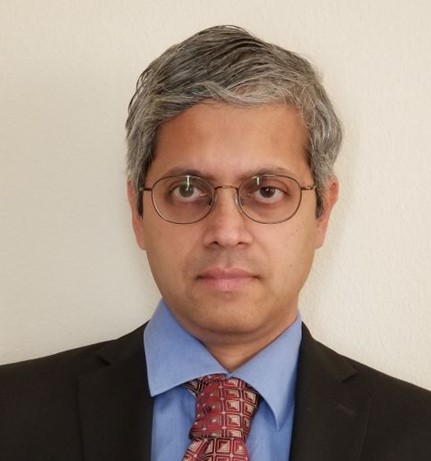
Krish Vijayaraghavan
Principal
Ramboll
Krish Vijayaraghavan is a Principal at Ramboll with 25 years of experience in air quality science and modeling and their linkage with water quality and human health and ecological risk assessments. He has directed modeling studies of ozone, particulate matter, sulfur dioxide, nitrogen oxides, PFAS, mercury, other air toxics, and greenhouse gases. Krish has led the Air Quality and Climate Change analyses for Environmental Impact Statements and Environmental Assessments under NEPA to assess and disclose criteria and hazardous air pollutants and greenhouse gas impacts on power, fossil and renewable energy, aviation, surface transportation, mining, and other natural resource projects. Krish has published over 40 peer-reviewed papers in scientific journals and co-authored two technical books.
|
Back to Top
Session B5.2
Biodiversity location data and tools for environmental planning and compliance | Bio
10:00 – 10:30 AM
| About the Presentation |
|
Better data leads to better decisions with fewer conflicts. NatureServe is the authoritative source for decision-quality biodiversity location data to inform land management, environmental planning, and compliance. Over four decades, NatureServe and the NatureServe Network of state and provincial programs have established the best available information on the conservation status and distribution of at-risk species and habitats. NatureServe's foundational dataset includes over one million documented locations for plants, animals, fungi, and ecosystems. This presentation will introduce a suite of online tools for environmental professionals to visualize and analyze endangered species location data throughout the U.S. and Canada. NatureServe Explorer provides free access to conservation status, taxonomy, distribution, and life history information for more than 100,000 plants, fungi, animals, and ecosystems. NatureServe Explorer Pro offers registered users access to enhanced mapping tools to analyze an area of interest and generate a biodiversity screening report. In more than 12 states, including Arizona and New Mexico, NatureServe's Environmental Review Tool streamlines the environmental planning and permitting process. These online state tools expedite determinations about whether threatened, endangered, and special concern species are potentially impacted by land or water development projects. Collectively, these tools are automating the review of more than 40,000 projects annually by analyzing the potential impacts on at-risk species and other natural features known and predicted to occur within the affected area of a proposed project. In addition to providing actionable guidance to project proponents, NatureServe's online tools also serve as a resource for conservation planning to promote proactive consultation at the earliest stages of project development.
Session Objectives:
- Inform environmental professionals about national and state-level online biodiversity data portals
- Demonstrate how to use these biodiversity data portals for environmental planning and compliance
- Invite communication between environmental professionals and the NatureServe Network about desired enhancements to the online biodiversity data portals
|
| About the Speaker |
|
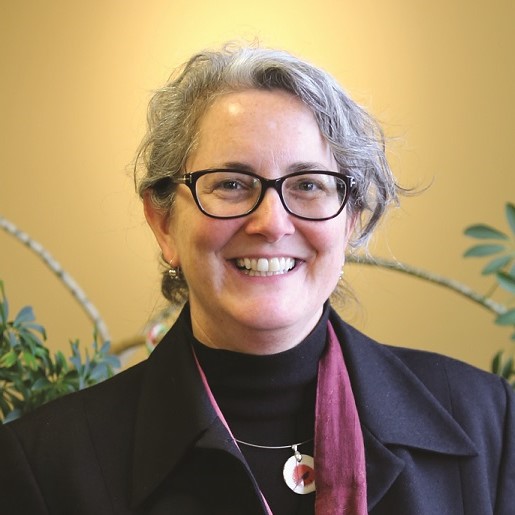
Lori Scott
CIO and Vice President for Technology & Partnerships
NatureServe
Lori oversees NatureServe's Technology and Partnerships with a portfolio that includes software product development and user support for mission-critical enterprise information systems. Lori's team has successfully transformed of the organization's core biodiversity data platform and its public information delivery platform NatureServe Explorer. The team also supports the NatureServe Network with the implementation of online tools to automate environmental review and manage and direct treatment for invasive species in their jurisdictions. She holds a bachelor's degree in Mathematics from Bucknell University in her home state of Pennsylvania and currently resides in Arlington, VA. In her spare time, she enjoys hiking, traveling, and cooking, and she makes a wicked good peach pie.
|
Session B5.3
Wildlife Technology and Artificial Intelligence | Bio
10:30 – 11:00 AM
| About the Presentation |
|
Currently, the standard of wildlife surveys for the majority of Endangered Species Act (ESA) protected wildlife consists of substantial survey efforts where teams of biologists traverse large project boundaries documenting various target species either visually or aurally. Due to the nature of these strenuous wildlife surveys and the elusiveness of various ESA wildlife, a biologist must be highly trained and experienced with a particular ESA species to verify its presence within a given area, and yet these ESA species can remain undocumented following multiple wildlife surveys. In addition, particular ESA avian species that are documented aurally with the use of playback surveys under the protocols by the United States Fish and Wildlife Service (such as with the yellow-billed cuckoo) have many drawbacks such as surveyors needing good hearing, audio playbacks causing stress on target avian species, and large surveys efforts with experienced biologists still missing target species.
Therefore, I present to you a supplemental survey protocol using audio recording units (ARUs) paired with artificial intelligence (AI) software to alleviate the shortcomings of aural ESA wildlife surveys. Specifically, using the currently available bio-acoustic AI model (BirdNET), developed by Dr. Stefan Kahl at the K. Lisa Yang Center for Conservation Bioacoustics at the Cornell Lab of Ornithology and the Chemnitz University of Technology, I will share my step-by-step guide on how to deploy ARUs and leverage BirdNET to assist with ESA wildlife surveys for species such as the yellow-billed cuckoo, southwestern willow flycatcher, and Mexican spotted owl. The BirdNET model is a convolutional neural network algorithm developed using the Google TensorFlow software, and capable of identifying 3,000 different bird species worldwide with an average precision of 79% accuracy (Kahl et al 2021). This bio-acoustic survey protocol will both inform the utility of using bio-acoustic technology, explain the next steps on how this technology can be scaled for other non-avian ESA species such as the Chiricahua leopard frog, and assist regular biologists, not versed in computer science, on how to incorporate this freely available AI technology to improve the accuracy of their own ESA wildlife surveys. Following the conference, this bio-acoustic survey protocol will be publicly available with the raw code and a simple webpage tutorial demoing the workflow.
Session Objectives:
- Provide an educational opportunity and guide on how to incorporate freely available Artificial Intelligence technologies to improve Endangered Species Act wildlife avian surveys, particularly in Arizona.
- Promote an avenue for collaboration with fellow biologists on how to build out these current technologies to be used for other ESA-protected wildlife and for conducting habitat assessments.
|
| About the Speaker |
|

John Kauphusman
Wildlife Biologist
Logan Simpson
Jack graduated in 2018 from Minnesota State University with a Bachelor of Science in Ecology. From there he joined a herpetological lab at Austin Peay State University (APSU) in Tennessee, where he studied habitat selection strategies of the Western Cottonmouth. After graduating with his Master of Science in Biology from APSU in 2020, he moved out with his wife to Phoenix, Arizona. As a wildlife biologist with Logan Simpson, Jack currently works as a biological consultant for various federal, state, and tribal agencies to maintain biological compliance on various infrastructure projects and promote the proper implementation of projects to support the protection of sensitive species found in the Southwest.
|
Session C5.1
Transportation Planning with a Purpose...and Need | Transportation
9:30 – 10:30 AM
| About the Presentation |
|
Sound transportation projects start with sound planning! Properly identifying and documenting transportation problems early in a project's life cycle is key to developing a project's purpose and need for NEPA documentation and analyses. Purpose and need serve as the foundation of a project and identify what the project is intended to accomplish and what transportation problems are to be addressed. The Pennsylvania Department of Transportation (PennDOT) through its recent PennDOT Connects initiative and the Federal Highway Administration (FHWA) through its Planning and Environmental Linkages initiative, encourage early collaboration with planning partners and the use of information developed in planning, such as purpose and need, to inform the NEPA process. During this session, our panel of seasoned PennDOT, FHWA, and consultant environmental, transportation, and NEPA practitioners will share valuable tips and methods showing how attendees can better identify and document transportation problems/needs early during the project planning process and craft better, more readable purpose and need statements in NEPA documents.
At the conclusion of this session, attendees should be able to:
- Understand the meaning and importance of project purpose and need for transportation projects
- Understand that project needs are problems to be addressed and not solutions
- Identify common project needs for transportation projects
|
| About the Speakers |
|
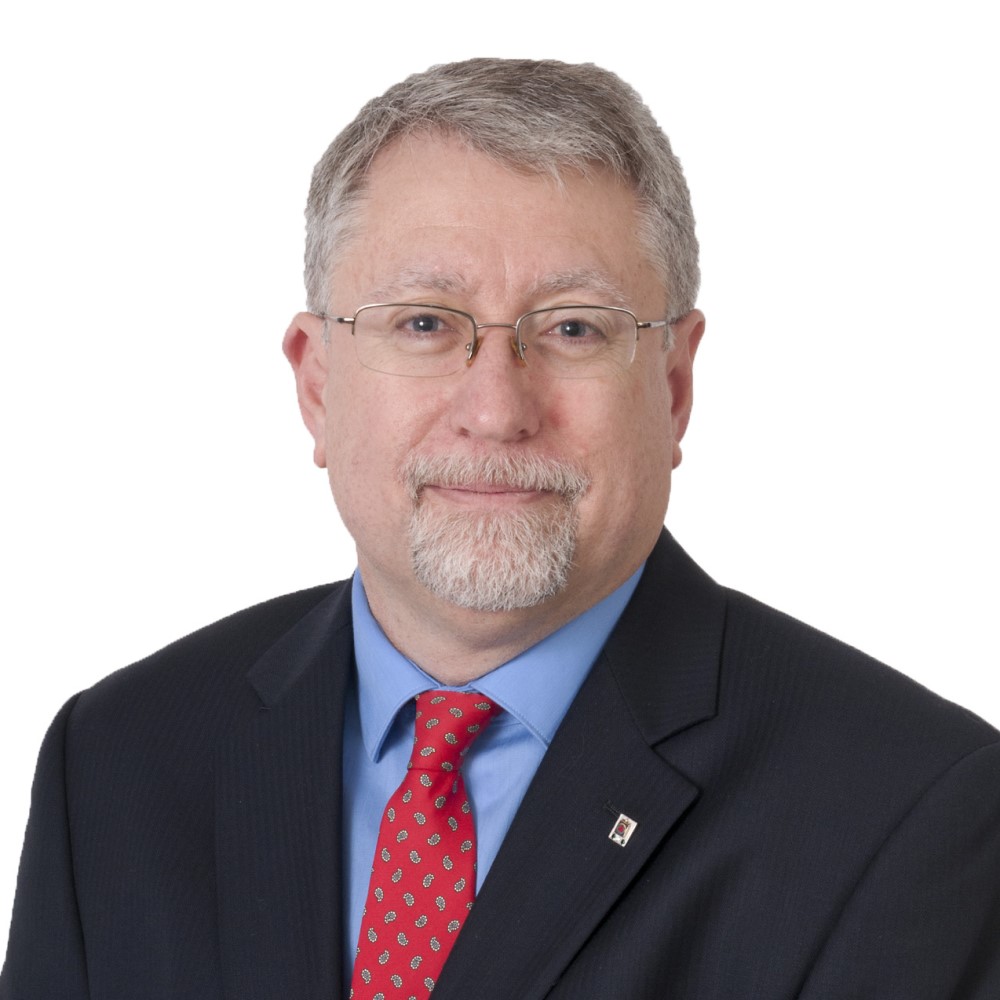
Scott W. Duncanson, AICP, LEED Green Associate, ENV SP
Senior Environmental Planner/Project Manager
Gannett Fleming, Inc.
Mr. Duncanson is a Senior Environmental Planner and Project Manager at Gannett Fleming, Inc., a full-service engineering and planning consulting firm, based in Camp Hill, PA. Mr. Duncanson is a certified planner with over 38 years of experience in the transportation, NEPA, and environmental planning fields. Scott has worked on numerous NEPA and environmental planning studies for transportation agencies, MPOs/RPOs, transit providers, state departments of transportation, and federal agencies nationwide. Scott received a B.A. in Political Science from the University of New Hampshire, and a Master's Degree in Urban Affairs from Boston University.
|
|
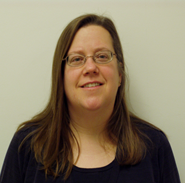
Barbara Shaffer, AICP
Realty Program Manager/Environmental Specialist
Federal Highway Administration, Pennsylvania Division Office
Barbara Shaffer has been a Realty Program Manager/Environmental Specialist with the Federal Highway Administration Pennsylvania Division since 2016. She was a Planning and Environmental Specialist in the Pennsylvania Division prior to her current position. She has a MA in Anthropology from the Pennsylvania State University, a MA in Historic Preservation from Goucher College, and two graduate certificates from Temple University, in Transportation Planning and Sustainable Community Planning. Ms. Shaffer is a National Highway Institute (NHI) Certified Instructor teaching NHI-142005: NEPA and Transportation Decisionmaking and NHI-142049: Beyond Compliance: Historic Preservation in Transportation Project Development. She has given numerous training sessions on Purpose and Need to PennDOT staff.
|
|

John (Drew) Ames
Chief – Environmental Policy and Development Division
Pennsylvania Department of Transportation, Bureau of Design and Delivery
Drew Ames serves as Chief of the Environmental Policy and Development Division at PennDOT with over 25 years of experience. His primary responsibilities include NEPA policy, T&E Species, Section 4(f), Section 6(f), natural resources, and interagency coordination. Drew has a Bachelor's of Humanities in Communications from the Pennsylvania State University and a Master's of Science in Community and Regional Planning from Temple University. Drew recently oversaw the rewrite of PennDOT's Needs Handbook. This revised guidance is consistent with FHWA's Planning and Environmental Linkages initiative. Drew has delivered in-house training sessions on Purpose and Need.
|
|

Nicole Auker
Environmental Planning Supervisor – Environmental Policy and Development Division
Pennsylvania Department of Transportation, Bureau of Design and Delivery
Nicole Auker has been an environmental planner and environmental planning supervisor with the Pennsylvania Department of Transportation (PennDOT) since 2015. Prior to her time at PennDOT, she worked eight years as a continuity planner for the PA Treasury Department. She has experience working with NEPA policy, recreational grants, natural resources, and interagency coordination. Nicole served as PennDOT’s Project Manager for the recent rewrite of the Department’s Needs Handbook. Nicole has a Bachelor’s degree in Communications from Kutztown University and Master’s in Community and Regional Planning from Temple University.
|
Session C5.2
The Environmental Life of I-10's Broadway Curve: Planning through Construction | Transportation
10:30 – 11:00 AM
| About the Presentation |
|
This presentation will cover the life of a transportation project from planning to construction from the eyes of an environmental planner. The Arizona Department of Transportation's (ADOT's) Broadway Curve Improvement Project runs along 11 miles of Interstate 10 near Phoenix Sky Harbor International Airport. The regional Metropolitan Planning Organization, the Maricopa Association of Governments (MAG), identified the need for this project to reduce travel times on I-10 during peak hours; improve airport access; support ridesharing and transit; and prepare the region for future growth projections.ADOT's consultant team completed an Environmental Assessment (EA) which evaluated the proposed build alternative improvements as compared to the no-build alternative. A Finding of No Significant Impact (FONSI) was issued in April 2020, concluding the environmental process. With this environmental clearance, ADOT is proceeding with design and construction of the improvements.
This presentation will follow the planning, design, and construction of this project and illustrate issues, challenges, and lessons learned. It will cover the regulatory context and existing conditions regarding environmental resources analyzed in the EA, including: - Constructing in a busy urban corridor - Dealing with historic and cultural sites in the project area- Building bridges to enhance existing trails - Noise analysis, and traffic noise barriers- Impacts to Waters of the US and related permits.
The presentation will continue by explaining how Mitigation Measures and Environmental Commitments documented in the EA and FONSI were incorporated into the contract documents and technical provisions of the Design-Build Agreement. Finally, the presentation will cover the environmental compliance measures and procedures undertaken by the contractor and overseen by the owner's general engineering consultant to provide transparency and accountability in maintaining compliance with environmental requirements and ensuring that impacts on the environment are avoided. Particular examples from the project will highlight the importance of recognizing and responding to environmental issues that could potentially affect the project's scope, schedule, and budget. Protective measures, ongoing inspections, and regular reporting will be described, especially as they relate to:- Stormwater pollution prevention- Nesting migratory birds and burrowing owls- Cultural resources including traditional cultural properties- Potential hazardous waste discovered or caused by construction activity.
Session Objectives:
- Gain an understanding of the spectrum of environmental resources examined in an EA for a transportation project.
- Overview of the kinds of compliance issues that arise during a major infrastructure improvement project, the risks and hazards to the environment that present themselves, and the way these issues are resolved as they arise in the midst of an aggressive construction schedule.
|
| About the Speaker |
|
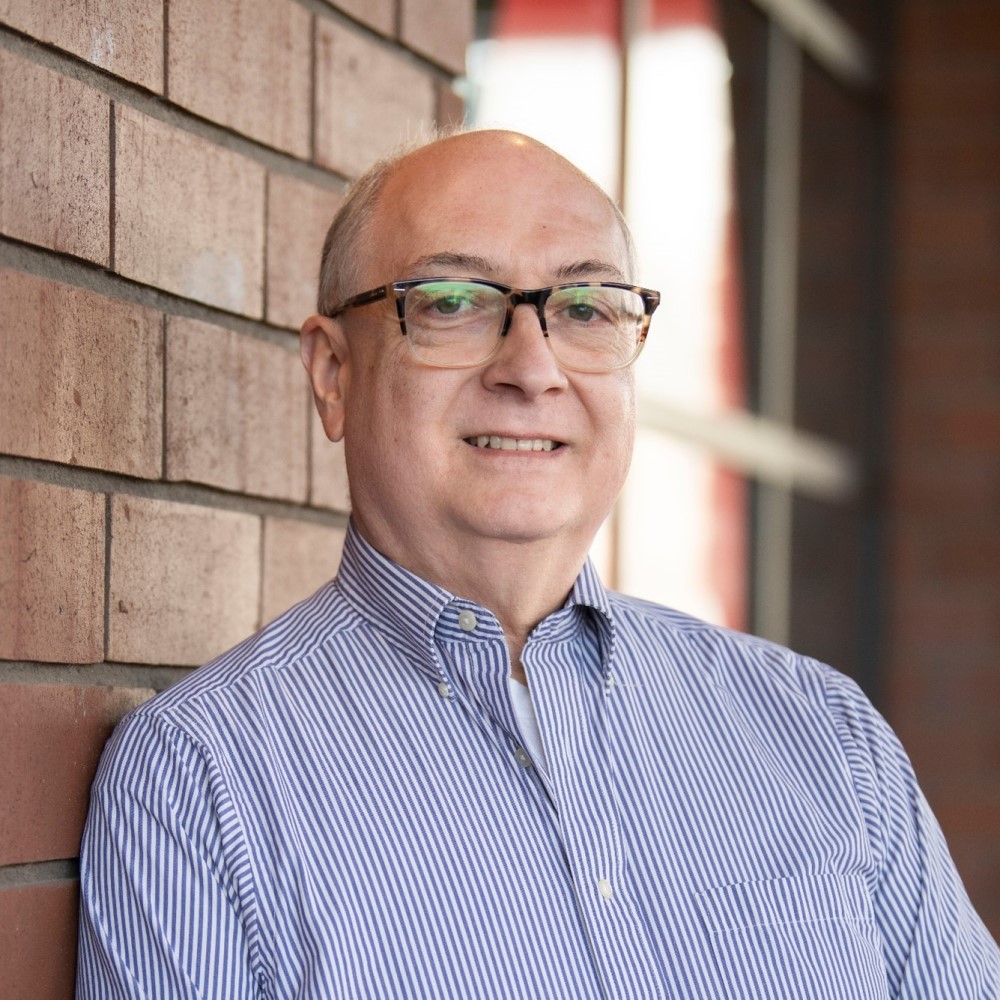
Anthony Scolaro, AICP CEP, LEED AP
Vice President, Environmental Planner
WSP USA Inc.
Anthony Scolaro is a Senior Environmental Planner at WSP based in Tempe, Arizona. He has 29 years of experience as a NEPA practitioner and project manager. He led the Arizona Passenger Rail Corridor Study Tier 1 EIS and the EA for ADOT's State Route 303, I-10 to Maricopa County Route 85, and had oversight of ADOT's Sonoran Corridor Tier 1 EIS. As part of ADOT's GEC team, he authored portions of the I-10 Broadway Curve EA and has been involved in environmental compliance during the design-build phase of the project. Anthony holds a Master of Urban Planning from New York University and a Bachelor of Arts in English from Wayne State University in his native Detroit, Michigan.
|
|
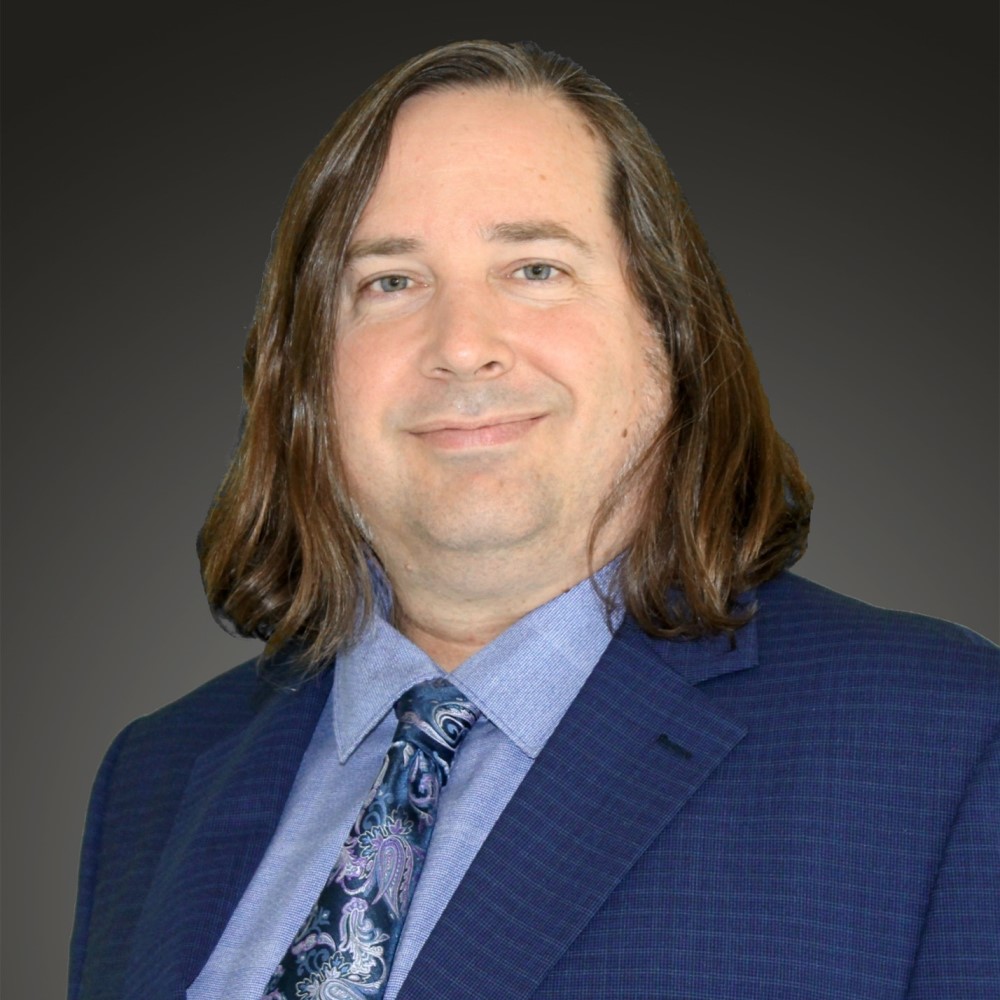
David E. Webb, Env SP
Environmental Planner
AZTEC Engineering
David Webb has over 24 years of experience as an environmental planner participating in National Environmental Policy Act (NEPA) studies, implementing environmental resource protection measures, and supervising regulatory compliance during construction. David’s present role is environmental compliance manager for a $776M design-build urban freeway reconstruction project. David is Envision certified and has served as sustainability manager preparing the Greenroads Certification application for a 21-mile interstate highway project. David’s experience with federal-aid projects has led to a diverse technical background in wildlife biology, Clean Water Act and stormwater permitting, cultural resource management, hazardous materials investigations, Section 4(f) evaluations, environmental justice and Civil Rights Act compliance, traffic noise mitigation, and public involvement.
|
Session D5.1
Modernizing Reservoir Operation - Oroville and New Bullards Bar Water Control Manuals | Water
9:30 – 10:30 AM
| About the Presentation |
|
The U.S. Army Corps of Engineers (USACE) Sacramento District (SPK) is examining new ways to operate Oroville and New Bullards Bar dams by leveraging the best-available forecast technology as part of updates to the dams' water control manuals (WCMs). This presentation will provide an update on potential forecast-informed reservoir operation (FIRO) alternatives that will be considered, environmental compliance strategies, and multi-agency collaboration. Oroville lies on the Feather River, and New Bullards Bar lies on the Yuba River in Northern California. SPK developed the WCMs that prescribe flood operation rules for the dams 50 years ago. USACE's policy is to review and update WCMs to ensure that the best use is made of water resources. In 2020, SPK received a $4-million appropriation, launching the updates, with additional funding for subsequent fiscal years.
Due to advancements in forecast skills over the past 50 years, probabilistic inflow forecasts can now be explicitly incorporated into reservoir operation rules. For example, if the forecast shows a large event approaching, reservoir releases can be made gradually in advance of peak inflow to more reliably and optimally attenuate peak outflow downstream, yielding greater flood control benefits. Conversely, in the spring, if no storms are forecast, runoff can be safely stored, yielding additional water supply reliability benefits. SPK will develop flood operation alternatives that incorporate resiliency to changing conditions while balancing multi-purpose project benefits.SPK is coordinating with the dam owners, the California Department of Water Resources and Yuba Water Agency, as well as the FIRO Program. The WCM updates will allow SPK to work collaboratively with stakeholders to ensure the projects continue to meet the current and future needs of the communities they serve.
Because this approach to modernizing water control manuals is intended to roll out at USACE Districts across the country starting in the next few years, this presentation provides the audience the opportunity to peak behind the curtain of how this integrated approach to planning advances a complex analysis that will have bearing on a wind range of projects.
|
| About the Speakers |
|
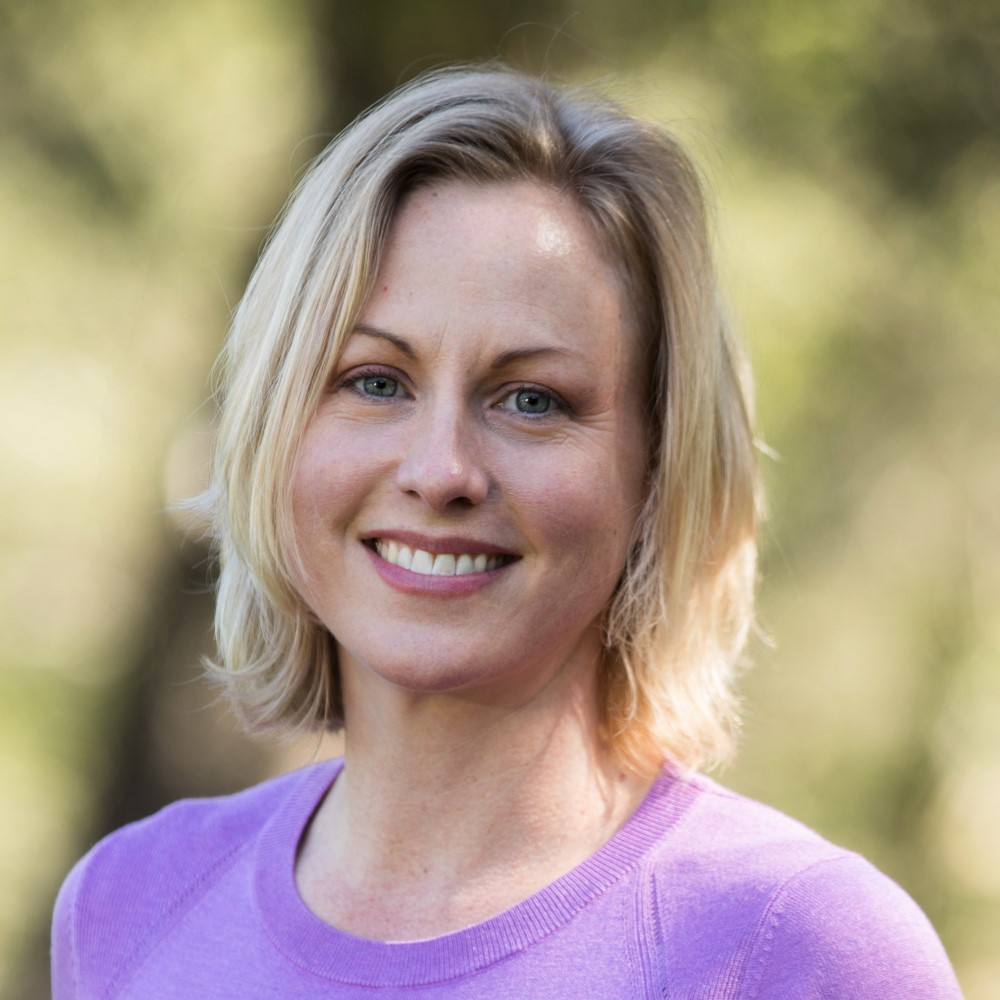
Leslie Tice, CEP
National Director of Environmental Services in Water Business Group
HDR
Leslie Tice is a Certified Environmental Professional and HDR's national Environmental Director for its Water Business Group with 25 years of experience in CEQA, NEPA, and environmental programs. Leslie works with project and program teams to integrate planning processes. She develops teams to effectively collaborate across boundaries and with clients to break down barriers within planning. Leslie has been an active member of NAEP and various affiliate organizations for over 18 years and has served in many board positions over that time.
|
|
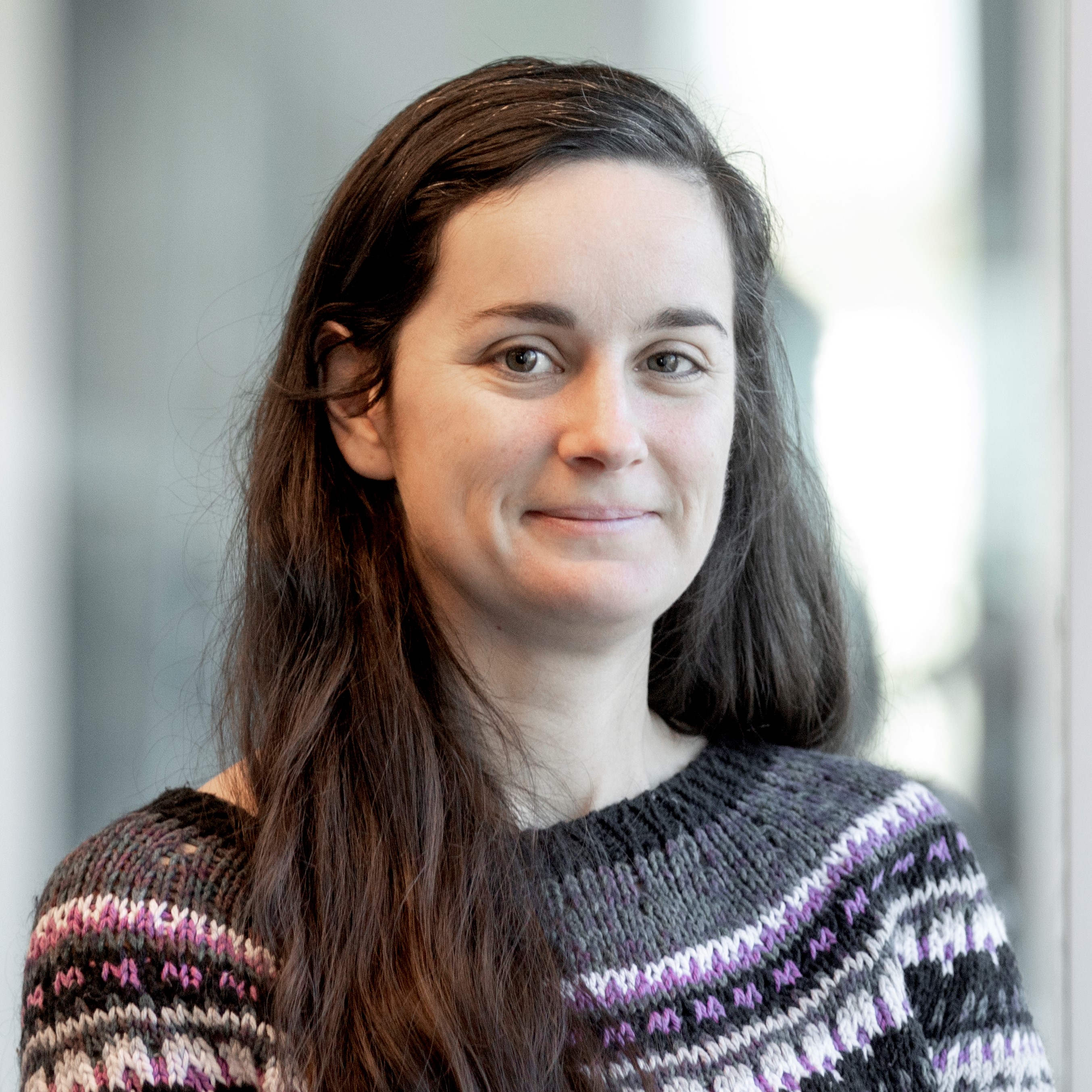
Aimee Kindel, PE
Water Resources Section Lead & Water Resources Engineer
HDR
Aimee Kindel specializes in the management of complex, diverse water resource projects; risk-based analysis, assessment, and communication; environmental analysis; surface water hydrology; reservoir systems analysis and modeling; and hydrologic statistics. Her experience includes 1 year at the USACE Hydrologic Engineering Center (HEC), 5 years in the USACE Sacramento District Planning Division, and 10 years with HDR as a hydrologic engineer. Aimee has project and research experience with the Corps’ suite of hydrologic engineering software programs and is experienced in environmental analyses in accordance with NEPA and Corps criteria and using software such as HEC-ResSim and HEC-RAS. Recent projects have included the hydrologic, hydraulic, and consequence analysis of flood management activities in the Central Valley of California, updating Water Control Manuals and associated Water Control Plans for several reservoirs in California, and supporting environmental analyses and development of operational alternatives for FERC relicensing.
|
Session D5.2
Pumped Storage Hydropower - What is it and how to permit it | Water
10:30 – 11:00 AM
| About the Presentation |
|
rPlus Hydro is a leader in the development of new pumped storage hydro capacity in the United States. We currently have ten projects in various stages of development, ranging in size from 500 to 1000 MW, with a combined capacity exceeding 5 GW. The majority of these projects are in the western US. Our intention and our business design is to take projects from concept through execution.
Success in pumped storage hydro development in the US market requires a rare combination of knowledge, skills, and experience. It requires an understanding of the utility industry, its past, and its future, and knowledge of pumped storage technology and engineering. Technical imagination is needed to create optimized solutions. Realization of any project requires strong working relationships with key industry players along with deep, combined experience in the realities of all of the business, environmental, political, and human aspects of the enterprise.
As we continue to integrate significant amounts of renewable energy into the grid we have to solve the energy storage problem in a big way. Enter pumped storage hydropower - the best-established and most economical form of bulk energy storage available today. What has pumped storage hydropower and how does the permitting process work? An efficient and clean way to store and deliver large quantities of energy, pumped hydro plants store energy and generate power by moving water between two reservoirs at different elevations - over and over again. Pumped storage provides energy-balancing, stability, and long-duration storage capacity, along with critical ancillary grid services such as network frequency control and reserves. Once-built, pumped storage hydro plants have an unmatched operational life-span of more than 75 years. As utilities continue to move away from fossil fuels, pumped storage hydropower has the ability to store and deliver renewable energy to the grid for the next century. Pumped storage plants take a substantial amount of time to develop. One reason is that each site and project is unique. As complex civil projects, they require several stages of site-specific engineering, with each step being progressively more detailed. Permitting also takes time. Since most pumped storage projects require a license from the Federal Energy Regulatory Commission (FERC), they must meet stringent federal environmental standards (along with all applicable state and local standards). The timeline for scoping, studies, agency, and public review is significant. Construction time is also significant, typically taking 3 to 6 years. This is due to the size and complexity of civil works, including reservoirs and underground works like tunnels and the powerhouse.
Examples of pumped storage hydropower projects we are developing will be presented, and the challenging environmental constraints and permitting processes will be discussed.
|
| About the Speaker |
|
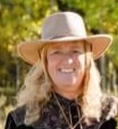
Cyndi Bardman
Senior Permitting Manager
rPlus Energies
Cyndi has a BS in environmental science and an MS in environmental pollution control both from Penn State University. She worked for over 30 years in the environmental consulting arena and is now the senior permitting manager at rPlus Energies which is headquartered in Salt Lake City, UT. She works remotely from a small town in the Rocky Mountains in Wyoming. Having consulted on permitting and environmental issues throughout the nation, Cyndi now enjoys working with consultants to efficiently and cost-effectively work through the development and permitting of massive pumped hydro storage projects.
|
Back to Top
Session E5
Winds of Change: Renewable Energy and Protecting our Shared Cultural Heritage | Cultural
9:30 – 11:00 AM
| About the Presentation |
|
With the economic outlook for renewable energy development (particularly solar, wind, offshore wind, and battery energy storage) looking more favorable than ever and the volume of development soaring, renewable energy development has increasingly conflicted with cultural heritage laws and regulations. This session reviews those laws and regulations at the intersection of renewable energy development and cultural resources compliance in the U.S., discusses planning and design considerations that can be made early in the project lifecycle to reduce cultural resource risk, and delves into the major challenges and potential solutions for facilitating the energy transition while responsibly managing our shared cultural heritage. With recently signed executive orders aiming for 30 GW of offshore wind capacity by 2030; 15 GW of floating wind by 2035; and recent legislation dedicating $369 billion investment into domestic energy production over the next decade while promoting clean energy, this discussion will focus primarily on the federal and state regulatory frameworks that utility-scale solar and wind/offshore wind projects are operating within across the country.
Specifically, we discuss compliance with Section 106 of the National Historic Preservation Act (NHPA) and the intersection with the National Environmental Policy Act for the Bureau of Energy Management, Federal Energy Regulatory Commission, and Tennessee Valley Authority. While the Section 106 process is formalized through regulations, agency policies and procedures, and agreement documents, there are nuances depending on the lead federal agency involved. We provide an overview of the Section 106 process while highlighting key differing approaches by the various federal agencies managing renewable energy projects throughout the United States. We will touch upon state laws/regulations or local ordinances requiring cultural resources consultation. Overall, this session aims to provide the keys to successfully navigating and managing the Section 106 process during renewable energy project development.
Session Objectives:
- Improve understanding of cultural resources compliance for renewable energy projects
- Contrast the approaches to cultural resources compliance between BOEM, FERC, and TVA
- Outline differences in compliance between private/local/state and federal projects
- Analyze the intersection of Section 106 of the NHPA and NEPA.
- Identify challenges for renewables projects and solutions for effective consultation and compliance.
|
| About the Speakers |
|
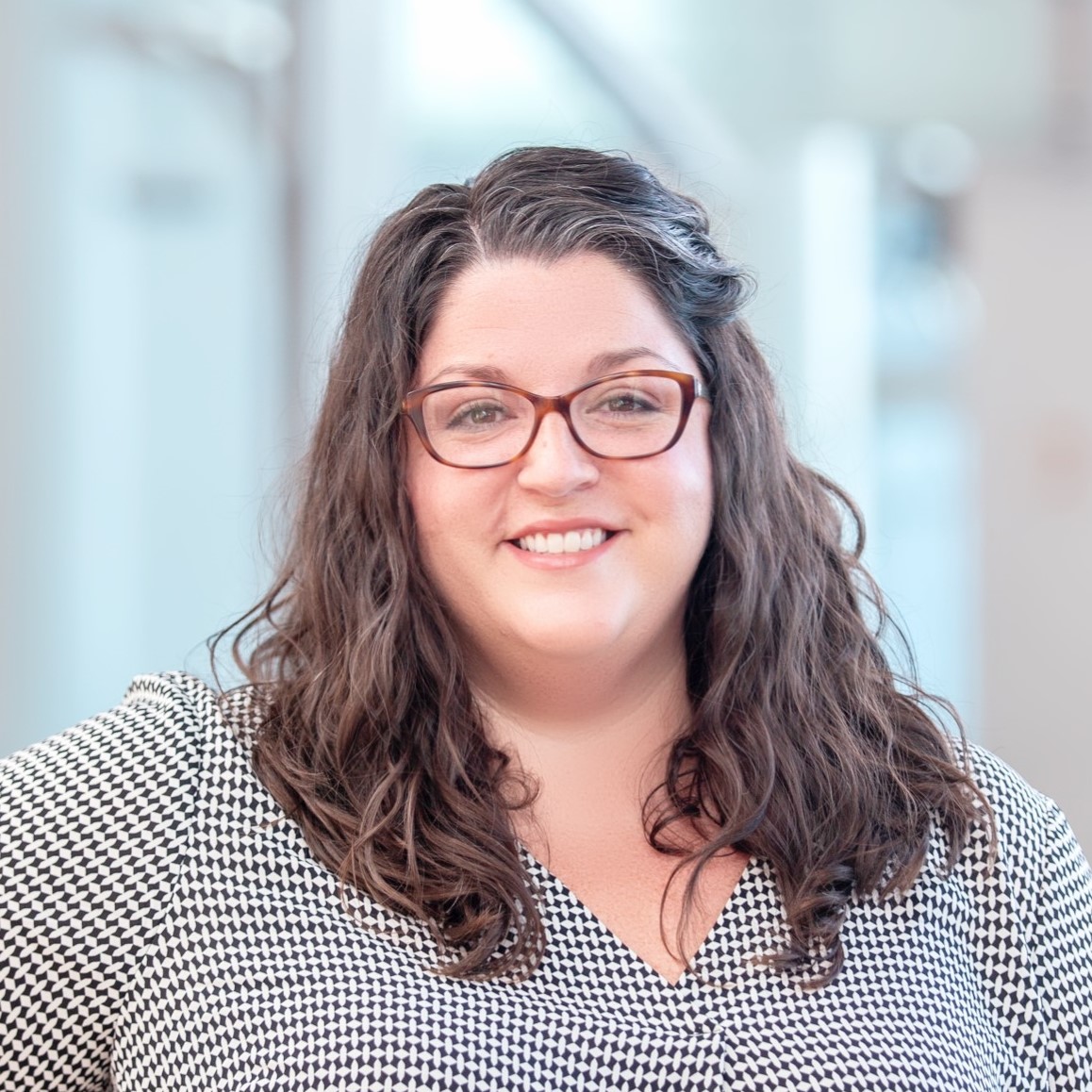
Jeanne Barnes
Cultural Resources Lead
HDR
Jeanne leads the Cultural Resources Practice at HDR, which consists of more than 100 cultural resources professionals across the U.S. and Canada. She has more than 15 years of experience in history, architectural history, historic preservation, public history, and cultural resources management projects in more than 40 states nationwide. She also serves as both a project and architectural history program manager where she manages complex projects, authors and reviews technical reports for regulatory compliance, and ensures quality control of project data and deliverables. Her work focuses on compliance with Section 106 of the National Historic Preservation Act, including initiating and facilitating consultation, relationship building, the identification of historic properties, assessment of effects, and resolution of adverse effects. Jeanne also has extensive experience developing and executing mitigation documents and coordinating cultural resources compliance with the National Environmental Policy Act (NEPA).
|
|
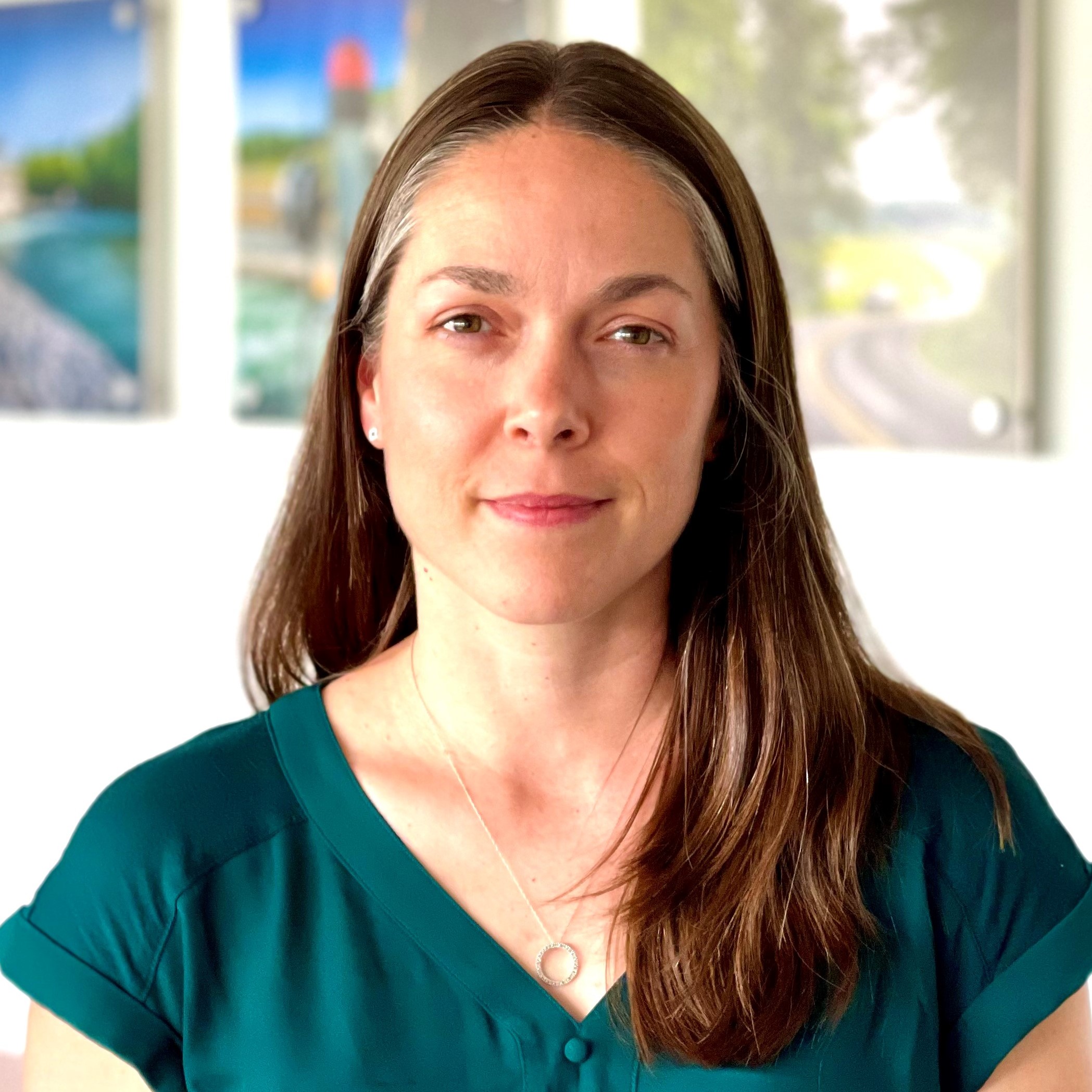
Kim Smith
Senior Cultural Resources Specialist
HDR
Kim is a Senior Cultural Resources Specialist at HDR, with 22 years of experience in archaeology and cultural resource management. Kim is a uniquely qualified archaeologist for both terrestrial and marine archaeological investigations, meeting BOEM’s qualifications as a Qualified Marine Archaeologist. She exceeds the Secretary of the Interior Professional Qualifications for Archaeology according to 36 CFR Part 61 and has completed all phases of archaeological survey and investigations in the Northeast, Southeast, Midwest, and Mid-Atlantic regions of the United States. Kim has extensive experience with Sections 106 and 110 of the National Historic Preservation Act and has worked on projects under FERC, USACE, FHWA, BOEM, DoD, and DHS.
|
|
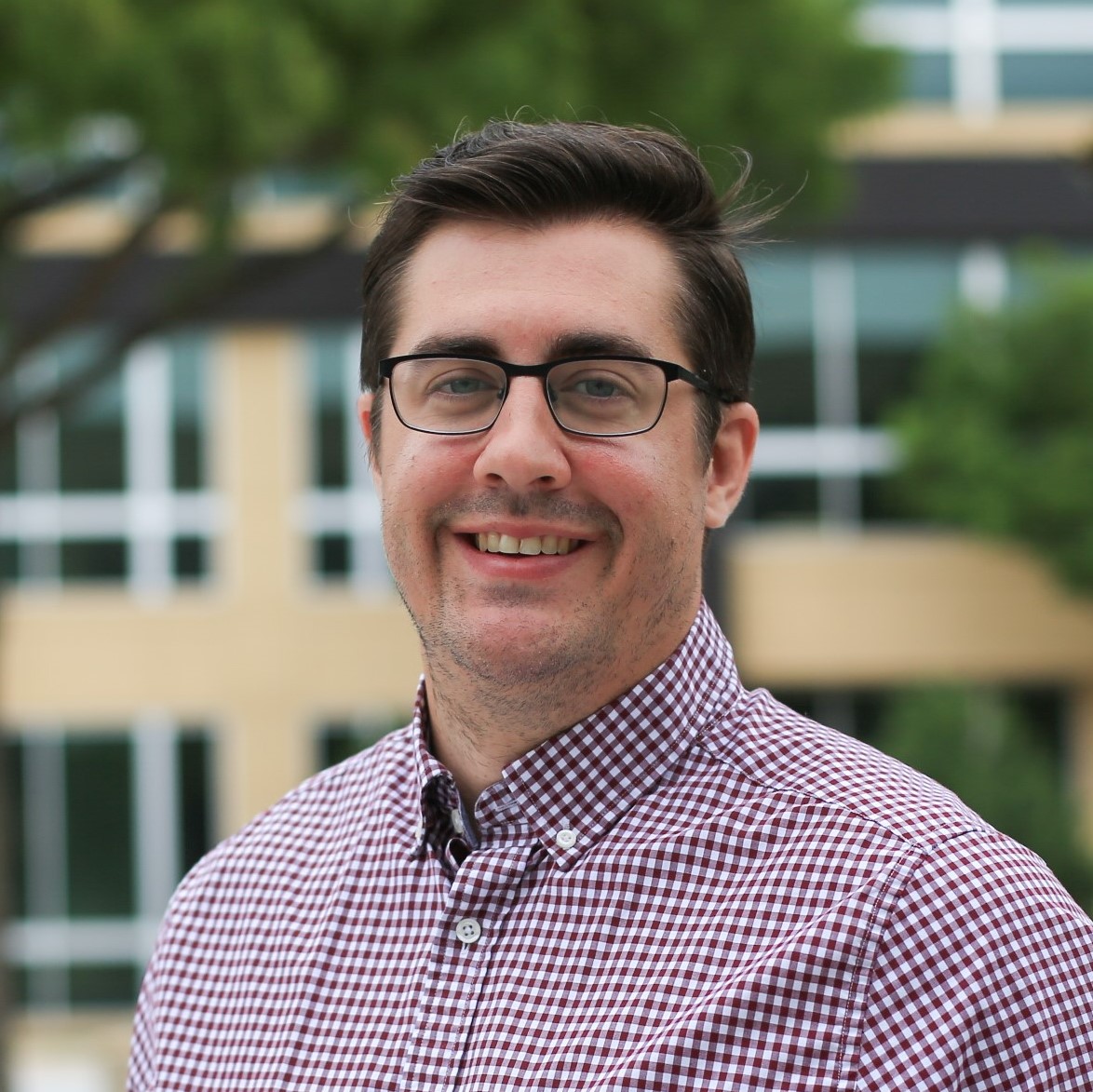
Zack Overfield
Cultural Resources South Central Region Lead
HDR
Zack is a Senior Archaeologist/Principal Investigator with over 12 years of experience in cultural resources management. He ensures successful navigation of federal, state, and local regulations such as the National Environmental Policy Act, Clean Water Act, and National Historic Preservation Act. Zack manages intensive archaeological surveys, cemetery investigations, burial exhumations, testing, data recovery, and documentation efforts. He holds a MA in Anthropology from the University of Texas at Arlington and a BA in Sociology with an Anthropology Emphasis from Stephen F. Austin State University. Zack is also an active member of the Council of Texas Archaeologists and a Registered Professional Archaeologist.
|
Back to Top
Back to Schedule
|























